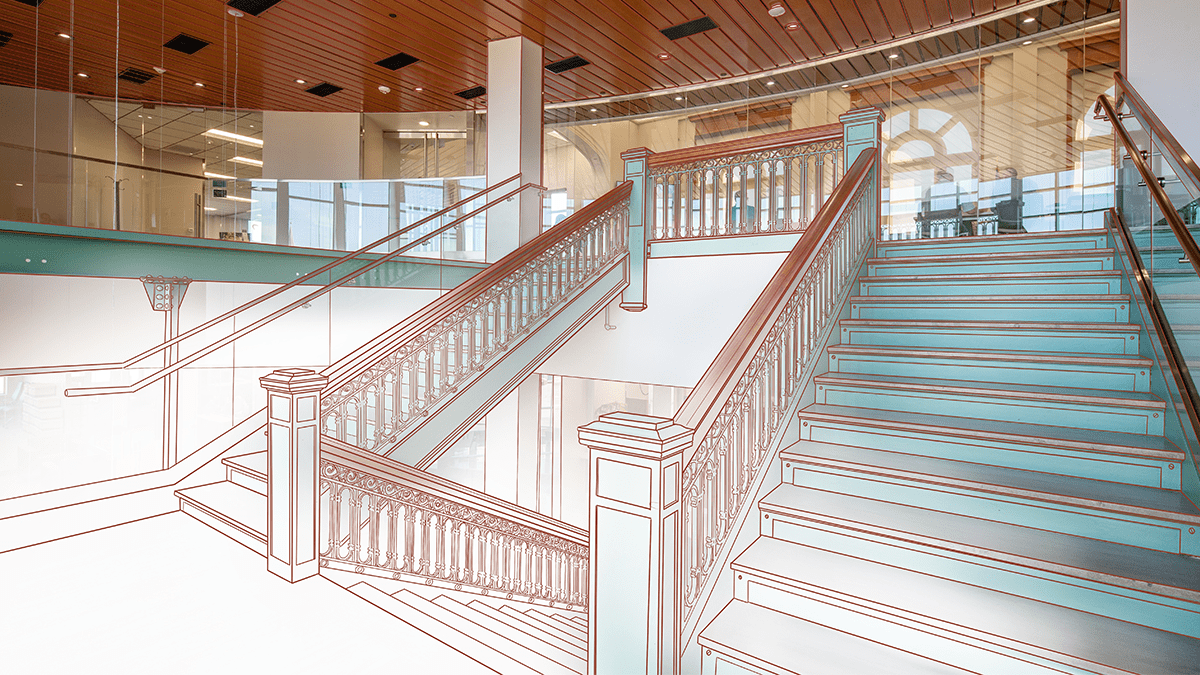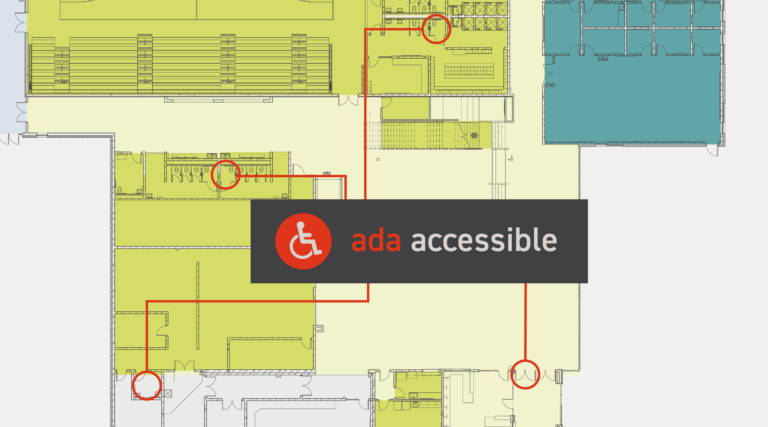Preserving history for a local community is often an important priority for many of the clients we work with. It is also often an important factor for the local economy – preserving an abandoned piece of history can add aesthetic value, create business opportunities, and provide historical context for future generations.
Building preservation does require a lot of care and effort, but that does not necessarily mean it will be more expensive. Preserving the historic significance and integrity can be cost-effective and lead to greater support from the community.
Renovating or preserving historic buildings is also a sustainable approach as the building is already in place. In our current climate, sustainable design and sensitivity to the environment are important. It takes considerable resources and energy to construct a new building, and repurposing an existing structure often requires fewer materials and reduces waste and burden on landfills.
FOUR CONSIDERATIONS FOR YOUR HISTORIC PRESERVATION PROJECT
1. Determine the purpose of the renovation and ultimate use of the building.
Do you plan to repurpose the building for commercial use? Not all buildings are easy to adapt for modern uses, so it will be necessary to survey the building and determine the feasibility and marketability of the renovated space. Some questions to consider here are:
- Will a proforma indicate a payback on investment in the building?
- Will the structure and construction type allow it to be reused for the intended purpose?
- Can the building be easily retrofitted, modified, or have features added that will enhance its future use?
Do you plan to restore the building’s original layout and design to accurately preserve historic integrity? Restoring the building may require modification of the original layout. Therefore, it should be determined if the existing plan can be maintained or if it must be modified.
2. Determine the significance of the property and to what degree it should be preserved.
Is the building being used as a teaching tool or museum to showcase the community’s history? Perhaps the building is iconic to the neighborhood’s past, but architectural details have been lost over time or its original layout lacks functionality, or possibly the building is best served by simply being repurposed?
Cultural heritage can be a root identity within communities, and existing buildings are contributing members of that heritage. A capital commitment to those buildings is an important investment in preserving a community’s historic legacy. A full understanding of the extent to which a building’s historical integrity should be preserved, and which elements can be replaced is an important step in preparing for a preservation project.
3. Understand the building type and its own history of existence.
It’s important to understand the historic context of the building in order to properly preserve and pay homage to its cultural significance in the community. Research is key to providing insights on how to restore many elements in the building.
A few questions to consider include:
- How long has the building been in existence?
- What was the purpose of its original construction?
- Has it changed over the years through modification, expansion, or other reconstruction efforts? Are there old blueprints and historic photos to compare to the current structure?
- How and when was the building constructed? What are the materials and methods through which it was constructed?
4. Explore funding or tax incentive options.
If the building is registered as a historic landmark or is eligible to be so, there are often tax credit opportunities from a local, state, and even national level that can help offset some of the renovation costs.
To be eligible for tax credit funding, a building must meet at least one of the following:
- Listed on the National Register of Historic Places
- Determined as eligible to be listed on the National Register of Historic Places
- Listed as a Local Landmark
- Located within, and be determined to be a contributing structure to, a historic preservation district.
Often local government or local agencies can aid in connecting building owners with opportunities for funding. At Bray, we also guide building owners and organizations through the historic preservation process before design begins.
_____________________________________________________________________________________
Historic preservation has many diverse purposes and rewards, including the strengthening of local economies, stabilization of property values, the fostering of civic beauty and community pride, and the appreciation of local and national history – all of which lend to the importance of this type of project.
Are you considering a historic preservation project? Reach out to architect John Mahon to learn more about the process.
-John Mahon



